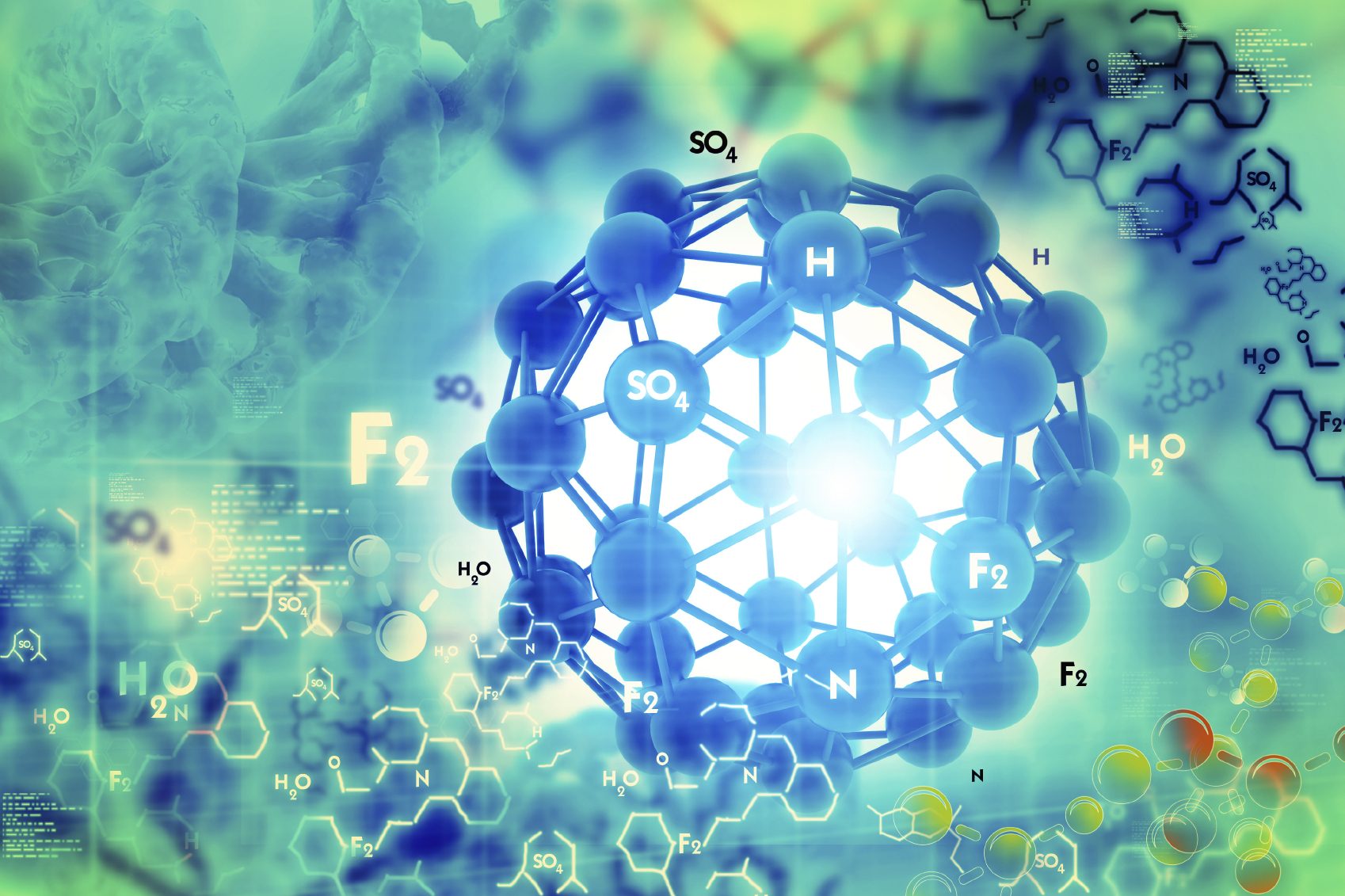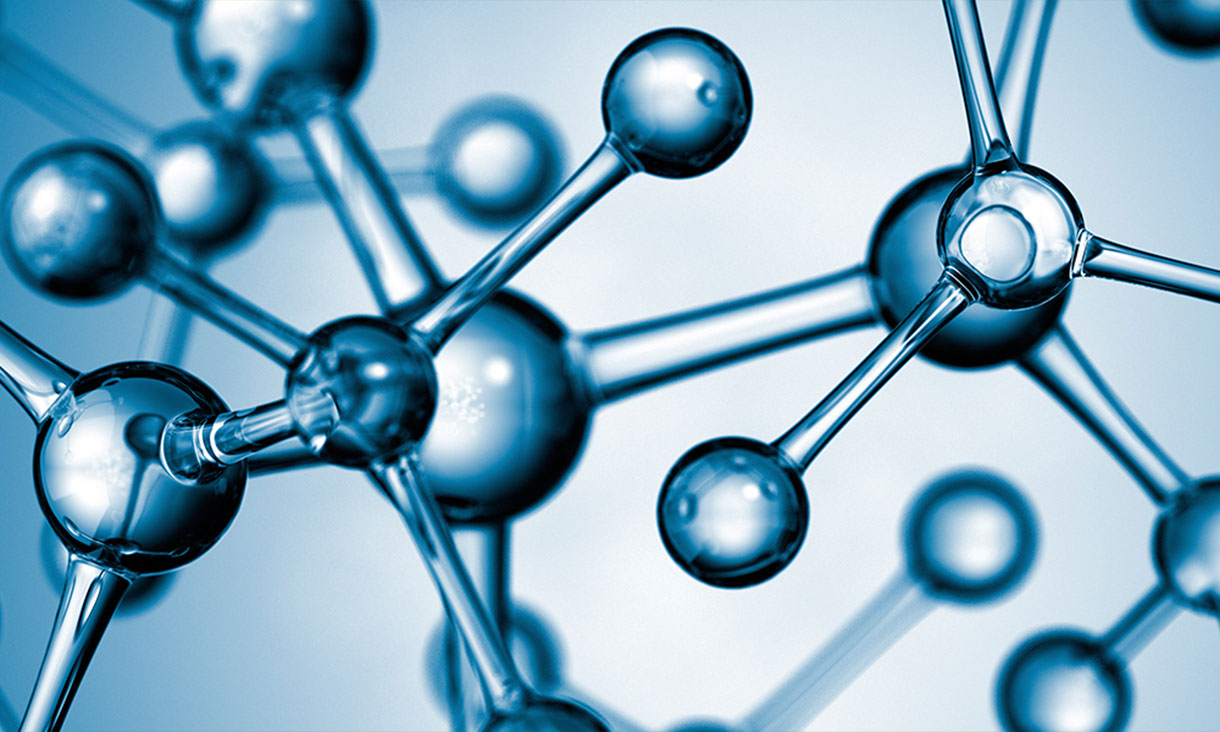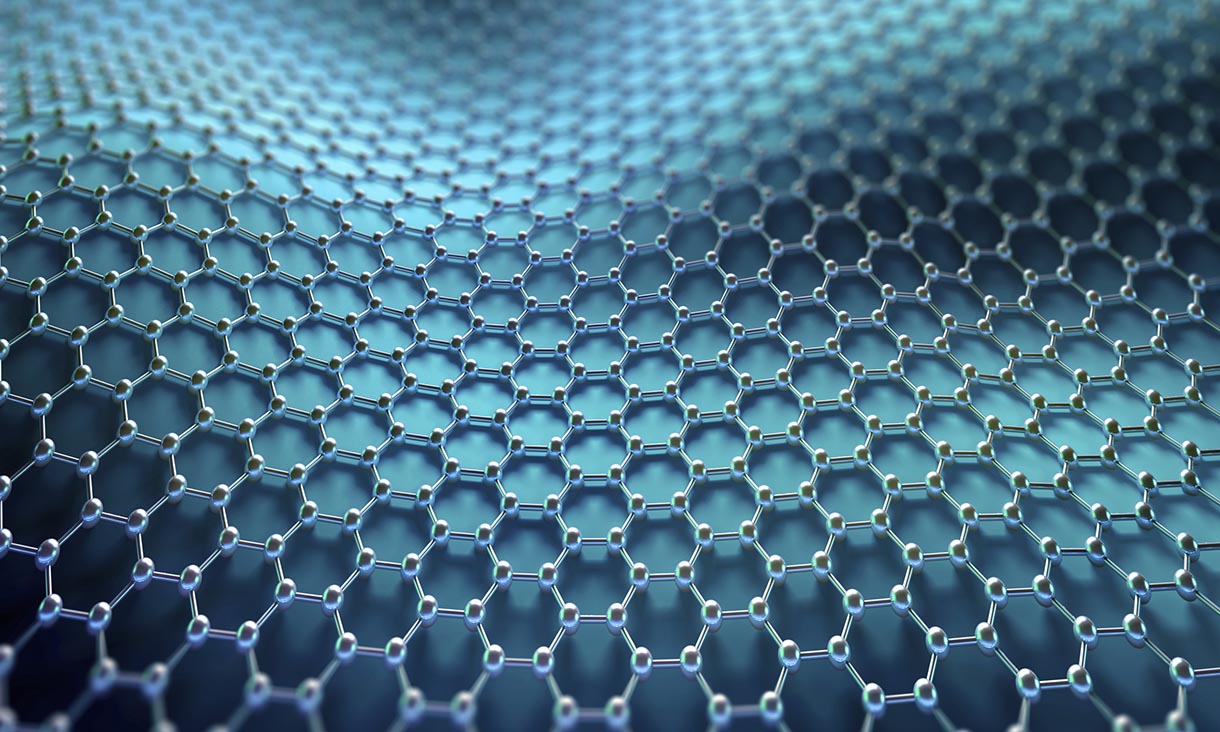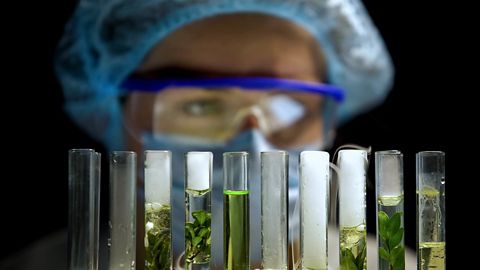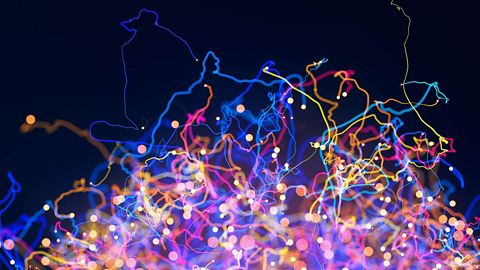Equipment
Our instruments cover the range from low-field NMR (Minispec mq20 spectrometer) to (relatively) high-field (Bruker 300MHz Avance III and Agilent/Varian 500MHz DD2 spectrometers).
Minispec mq20
Designed to investigate the time domain NMR characteristics of liquid, solid and gaseous state materials. These characteristics reveal the dynamic properties of, and interactions between, atoms and molecules in a sample.
It is especially useful for investigating components of differing mobility’s in mixtures ranging from food-stuffs to polymer blends to ionic liquids to geological samples.
Bruker 300MHz spectrometer
Designed for walk-up routine molecular structural analysis, via proton and multinuclear NMR spectroscopy, of organic compounds in solution.
It is heavily used by synthetic organic chemists in the STEM College.
Varian 500MHz spectrometer and VARIAN ProStar HPLC
Equipped for multinuclear analysis of solutions, for solid state analysis of organic solids, and for LC-NMR spectroscopy. It is used by materials chemists, environmental scientists, natural product chemists and those who pursue metabolomics.
When coupled with the ProStar HPLC the set up has the ability to separate components within a sample in situ. This is the preferred NMR technique for components which are unstable to light, air, time or the environment. It is particularly useful for the structural identification of natural products.
Opening hours
Standard opening times are 9.30 am - 5.00 pm Monday to Friday.
Some experiments may be left running overnight.
Bookings
Users must register and be trained before booking time on instruments in advance. Please contact the relevant NMR steering committee member depending on your area of interest.
If you can't use your booking, please cancel it as soon as possible to allow others use the instruments.
Fees
Access to is free to School of Science research staff and students. Costs for other users will be on a cost recovery model depending on the number of samples and the amount of time needed.
